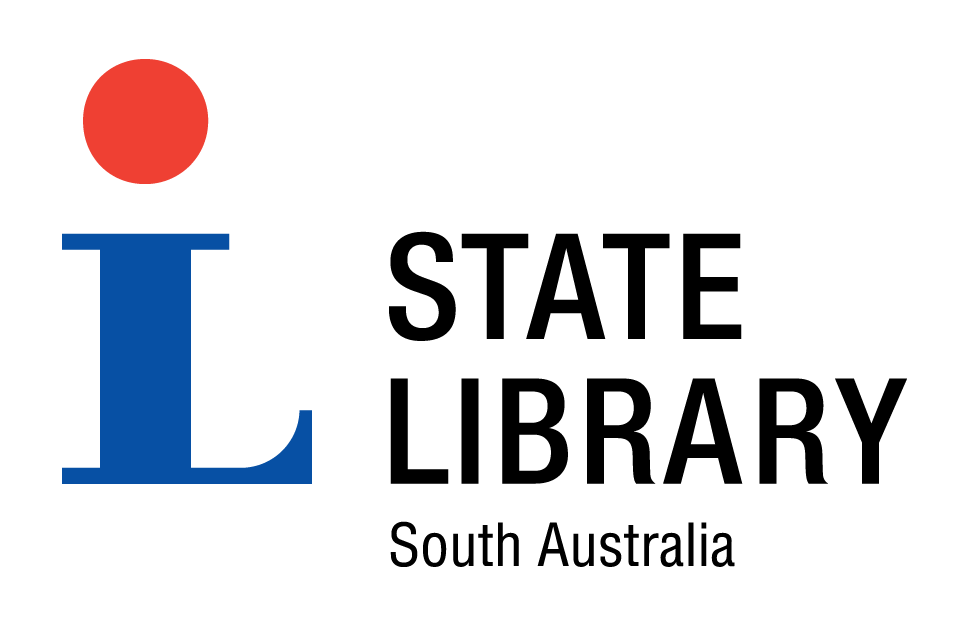
Mouse plague |
|||
|---|---|---|---|
| Title : | Mouse plague |

|
|
| Place Of Creation : | Williamstown | ||
| Date of creation : | 1932 | ||
| Format : | Photograph | ||
| Contributor : | State Library catalogue | ||
| Catalogue record | |||
| The State Library of South Australia is keen to find out more about SA Memory items. We encourage you to contact the Library if you have additional information about any of these items. | |||
| Copyright : | Reproduction rights are owned by State Library of South Australia. This image may be printed or saved for research or study. Use for any other purpose requires permission from the State Library of South Australia. To request approval, complete the Permission to publish form. |
| Description : |
Gassed mice at a wheat stack during a mouse plague. The House mouse (Mus musculus) is second only to humans in the extent of its global distribution. Over most of Australia, unlike Europe, it is virtually the only rodent found in cultivated fields and periodically they reach plague proportions. The cause of the plagues can vary from region to region but usually relate to rainfall patterns. Grain-growers suffer significant crop loss and damage to stored grain, intensive livestock farmers can experience reduced production levels, and electrical equipment can be destroyed. There is also the health risk to humans. |
| Subjects | |
| Period : | 1927-1939 |
| Region : | Mt Lofty Ranges and Eastern Plain |
| Further reading : | Strahan, Ronald, ed. The mammals of Australia : the national photographic index of Australian wildlife, Chatswood, N.S.W. : Reed Books : The Australian Museum, 1995 |
| Internet links : | CSIRO Sustainable ecosystems: Rodent management research focus. Scroll down to The mouse problem in Australia |


